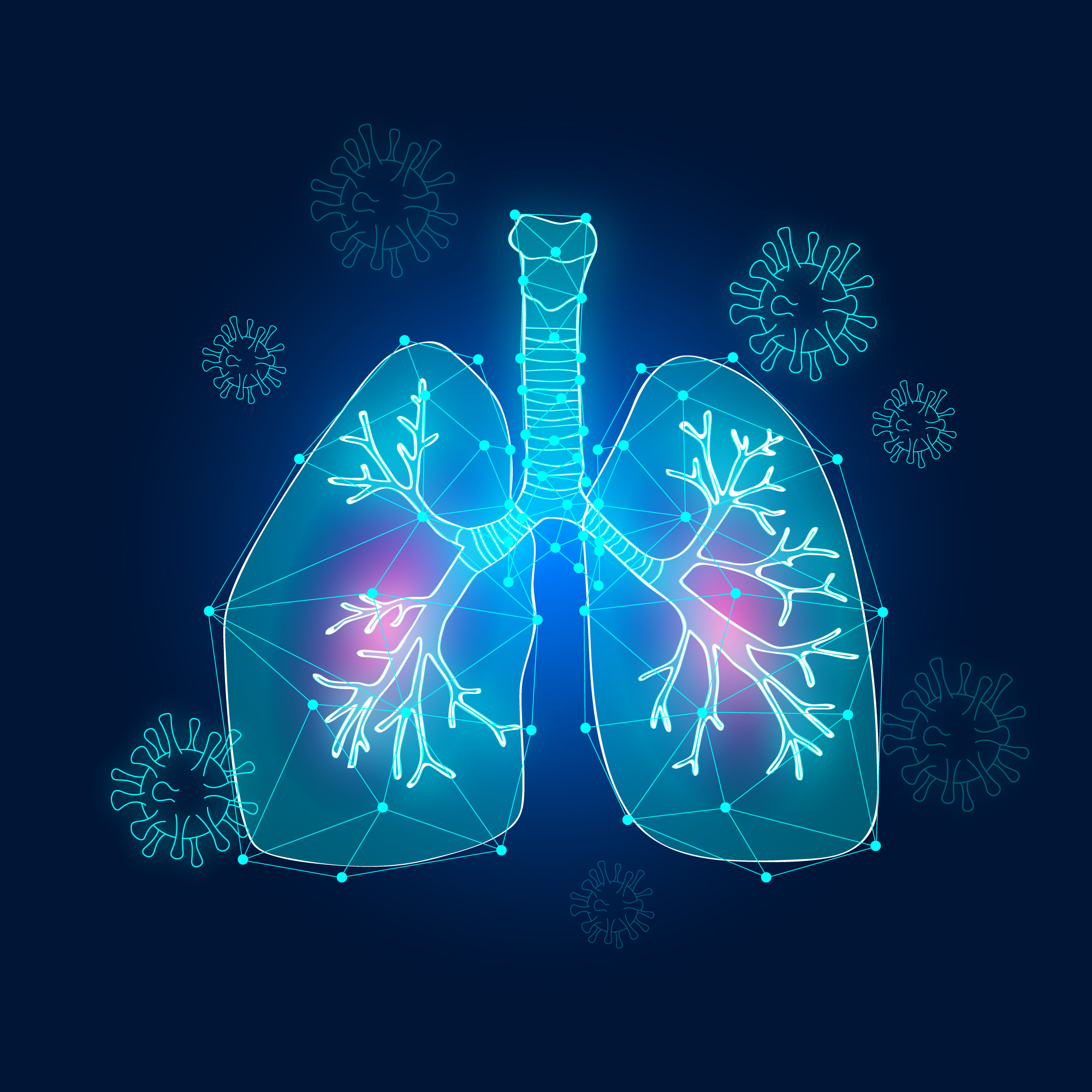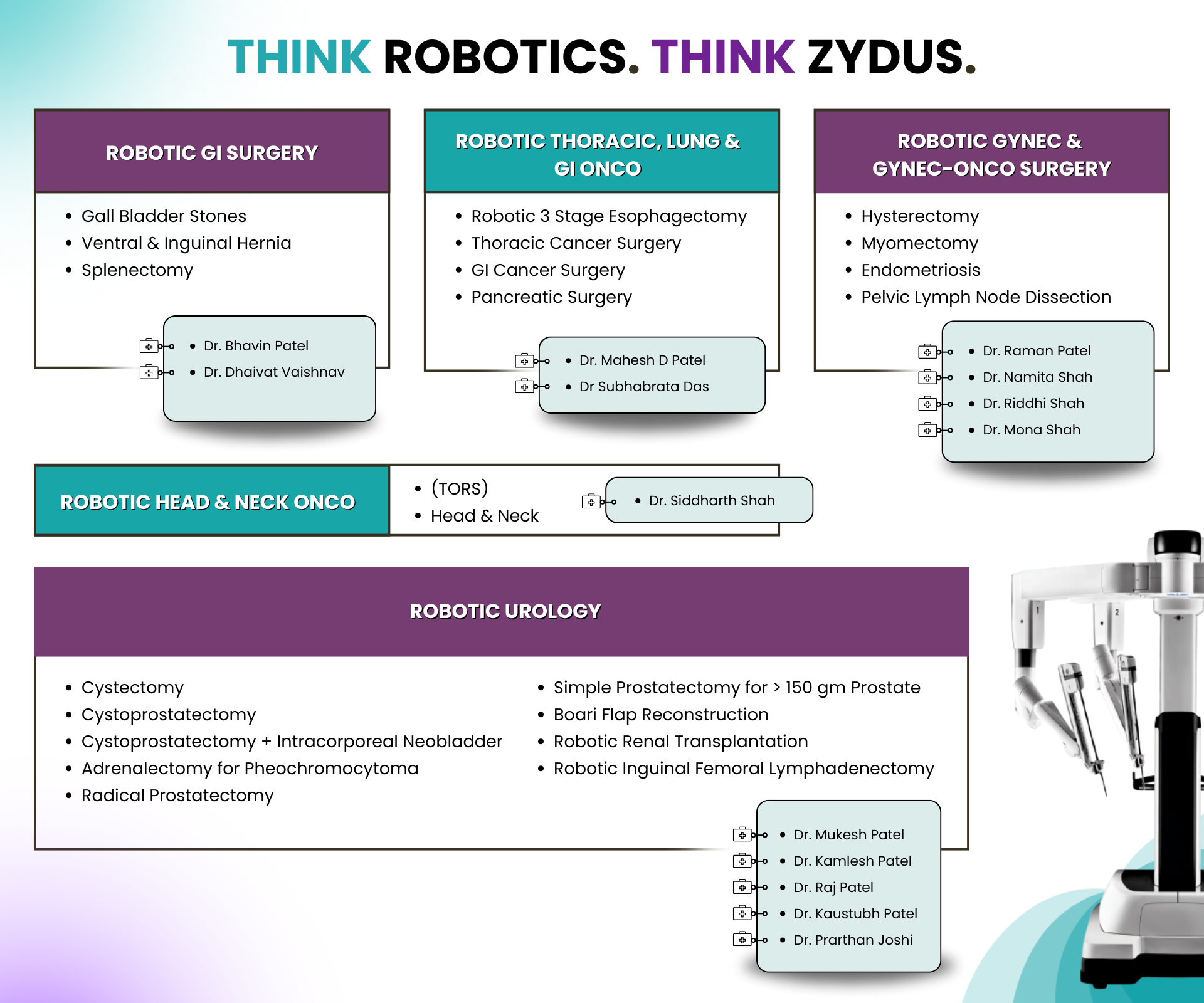
Surgical Management Of Lung Cancer
- Medical Specialities
- Comprehensive Cancer Care
- Surgical Oncology
- Lung Cancer
GI, Thoracic and Lung Cancers
-
Lung cancer typically begins in the windpipe, main airway, or lungs. It occurs when abnormal cells multiply uncontrollably in one or both lungs, forming tumors. There are two primary types of lung cancer:
-
-
Non-small cell lung cancer
-
Small cell lung cancer
-
-
Non-small cell lung cancer is the most common form. Primary lung cancer is distinct from cancer that originates elsewhere in the body and spreads to the lungs, known as secondary lung cancer.
-
Secondary lung cancer refers to cancer that started in another part of the body and metastasized to the lungs.
-
Coping with a secondary lung cancer diagnosis can be challenging, but learning more about the condition and available treatments can be helpful.

-
If you notice any symptoms, don’t hesitate to reach out for expert medical advice.
-
Risk Factors for Progression
-
Different cancers have various risk factors. Having risk factors doesn’t mean you’ll develop cancer, and some people may have none and still get the disease. Several factors can increase your risk of lung cancer, linked to overall cancer risk.
-
Tobacco Smoke
-
Smoking is the leading cause of lung cancer, responsible for about 80% of related deaths, with even higher rates of small cell lung cancer (SCLC), which is rare in non-smokers. Smokers face a much higher lung cancer risk than non-smokers, with risk increasing based on how long and how much they smoke. Cigar, pipe, and menthol cigarettes, as well as low-tar or “light” cigarettes, all pose similar lung cancer risks as regular cigarettes.
-
Smoking Marijuana
-
Smoking marijuana may increase lung cancer risk. Its smoke contains tar and the same cancer-causing chemicals as tobacco. Joints are smoked to the end, where tar is highest, and the smoke is inhaled deeply and held longer in the lungs. The illegal status of marijuana in many areas makes it hard to study and control what else might be in it. Most studies involve users who also smoke cigarettes, complicating the assessment of marijuana’s cancer risk. However, it irritates the lungs and increases the risk of infections. More research is needed.
-
E-Cigarettes
-
E-cigarettes, classified as “tobacco products” by the FDA, contain nicotine and pose health risks, including lung damage. They haven’t been shown to help people quit smoking, and their impact on the lungs is still debatable.
-
It is advisable to avoid second-hand smoking, and severe air pollution or wear masks with high-quality air filters.
-
Recognizing the Symptoms
-
Lung cancer may not produce symptoms in its early stages, and many of its signs can also be attributed to other medical conditions. However, early detection can make treatment more manageable.
-
As the disease progresses, symptoms such as shortness of breath, persistent cough or wheezing, hoarseness, bone pain, fatigue, and loss of appetite or weight may appear. Individuals who smoke, have a high-risk medical history, or experience these symptoms should speak with their doctors about screening for thoracic and lung cancer.
-
The most common symptoms of lung cancer are:
-
- A cough that does not go away or gets worse
- Coughing up blood or rust-colored sputum (spit or phlegm)
- Chest pain that is often worse with deep breathing, coughing, or laughing
- Hoarseness of voice
- Sustained loss of appetite, and unexplained weight loss
- Shortness of breath and a constant tiredness or feeling weak
- Lung infections such as bronchitis and pneumonia that don’t go away or keep coming back
- New onset of wheezing
-
Cancer treatment is most effective when it is diagnosed and staged early and accurately.
-
Early Detection
-
If lung cancer is found in its earlier stages, when the tumor size is small and has not spread to most body parts, it is more likely to be treated successfully. Lung cancer screening is recommended for certain people who smoke or used to smoke.



